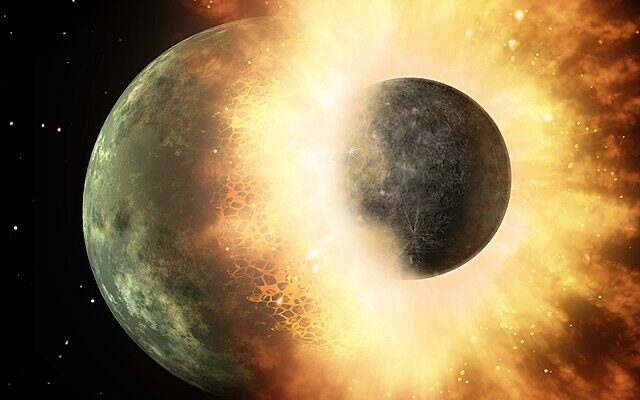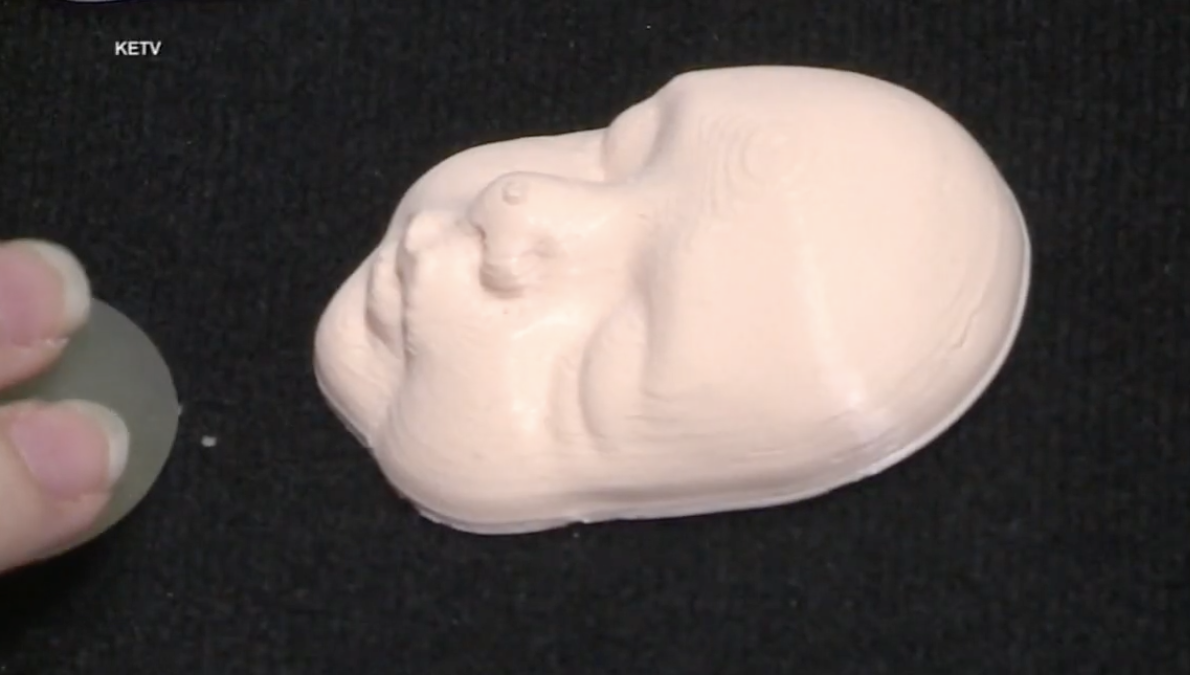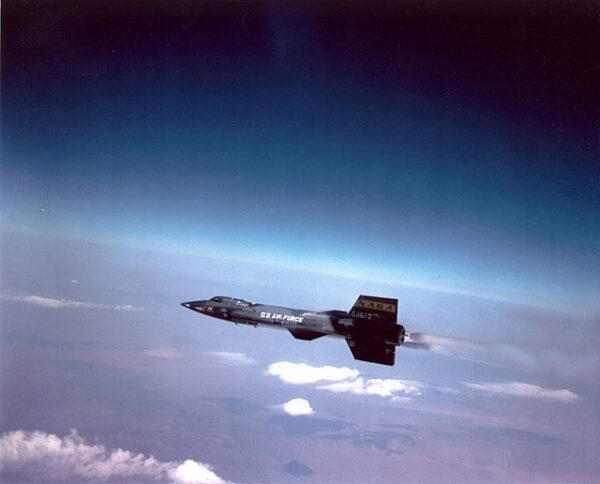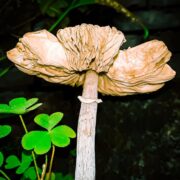
The theory of Theia, also known as the Giant Impact Hypothesis, proposes that a Mars-sized celestial body named Theia collided with the early Earth approximately 4.5 billion years ago. This monumental impact was a pivotal event in the formation of our planet and is believed to have led to the creation of the Moon. According to this theory, the collision was so powerful that it resulted in the merging of Theia’s core with the Earth’s core, while the outer layers formed a disk of debris that eventually coalesced to form the Moon. The Theia hypothesis provides a compelling explanation for the Moon’s formation and is supported by geological and isotopic evidence, offering valuable insights into the early history of our solar system.
A recent study has unveiled a fascinating proposition suggesting that the remnants of an alien world, long considered lost, may lie concealed approximately 1,800 miles below the Earth’s surface.
This intriguing hypothesis posits that anomalous irregularities within the Earth’s interior might be indicative of a collision between our planet and this extraterrestrial body around 4.5 billion years ago, raising the possibility that similar vestiges from such ancient encounters might also exist within other celestial bodies.
Vice writes that scientists have long suspected that an ancient protoplanet known as Theia, which could have been as large as Mars, hurtled into Earth in this period. This catastrophic collision ejected debris from Theia and Earth into space, where it eventually coalesced into the Moon, so the theory goes.
Now, scientists led by Qian Yuan, a postdoctoral scholar in geophysics at the California Institute of Technology, present new evidence that remnants of Theia may have also become lodged deep in the Earth’s mantle, where they have survived to the present day. This hypothesis could explain the curious presence of two massive “blobs” inside Earth known as large low-velocity provinces (LLVPs), which appear denser than the surrounding mantle in seismic observations of our planet’s interior, since seismic waves travel through them at a significantly lower velocity than in surrounding material.
Yuan and his colleagues “show that LLVPs may represent buried relics of Theia mantle material (TMM) that was preserved in proto-Earth’s mantle after the Moon-forming giant impact” and note that “similar mantle heterogeneities caused by impacts may also exist in the interiors of other planetary bodies,” according to a study published on Wednesday in Nature.
“The initial condition of Earth may play a crucial role in Earth’s evolution and many uniquenesses,” Yuan told Motherboard in an email. “And that initial condition is widely believed to be set by the Moon-forming impact.”
“Yuan, a geophysicist by training, was attending a seminar about planet formation given by Mikhail Zolotov, a professor at Arizona State University, in 2019. Zolotov presented the giant-impact hypothesis, while Qian noted that the Moon is relatively rich in iron. Zolotov added that no trace had been found of the impactor that must have collided with the Earth, according to Cal Tech.
“‘Right after Mikhail had said that no one knows where the impactor is now, I had a ‘eureka moment’ and realized that the iron-rich impactor could have transformed into mantle blobs,’ says Yuan.
Yuan worked with multidisciplinary collaborators to model different scenarios for Theia’s chemical composition and its impact with Earth. The simulations confirmed that the physics of the collision could have led to the formation of both the LLVPs and the Moon. Some of Theia’s mantle could have become incorporated into the Earth’s own, where it ultimately clumped and crystallized together to form the two distinct blobs detectable today at Earth’s core–mantle boundary today; other debris from the collision mixed together to form the Moon.”
The research team says that they will next examine how the early presence of Theia’s material deep within the earth could have impacted our planet’s interior processes. They plan to start by looking at plate tectonics.
“A logical consequence of the idea that the LLVPs are remnants of Theia is that they are very ancient,” Asimow says. “It makes sense, therefore, to investigate next what consequences they had for Earth’s earliest evolution, such as the onset of subduction before conditions were suitable for modern-style plate tectonics, the formation of the first continents, and the origin of the very oldest surviving terrestrial minerals.”









